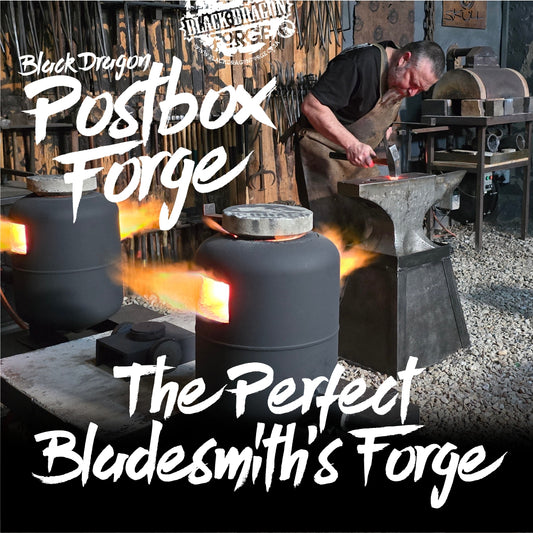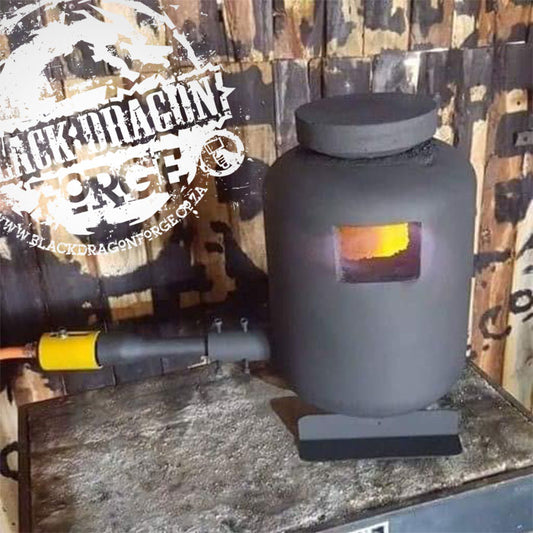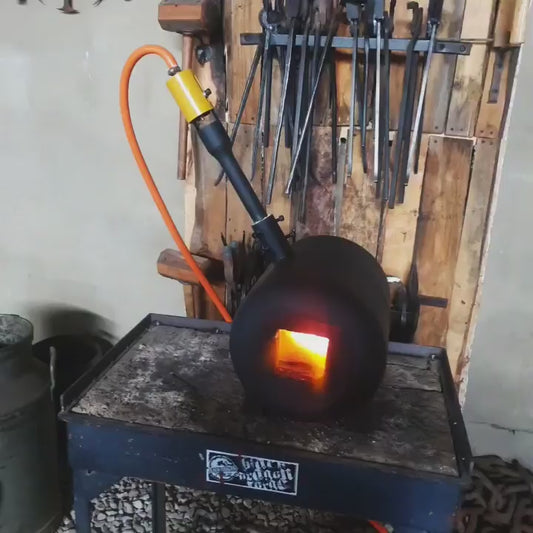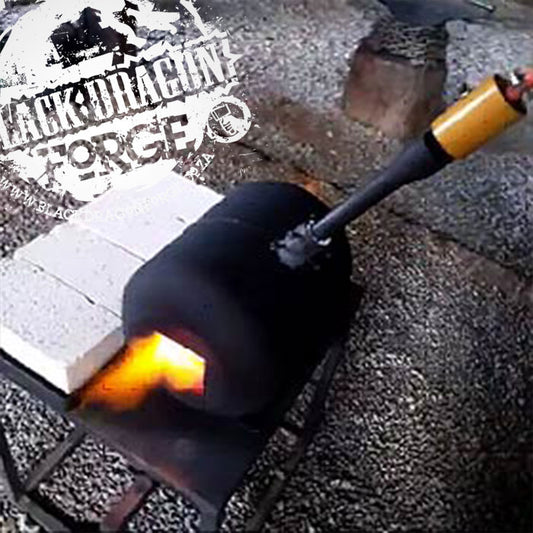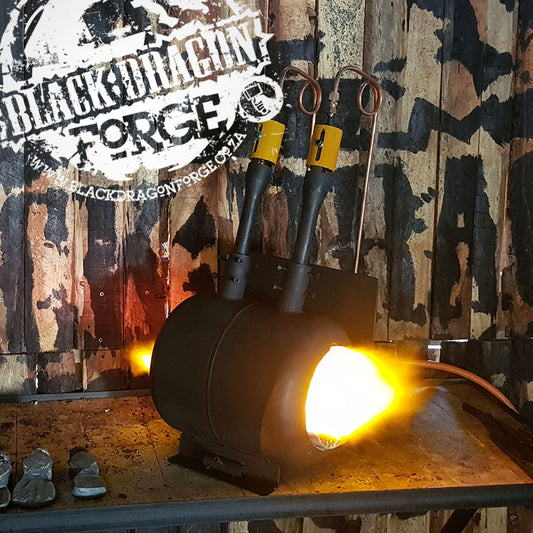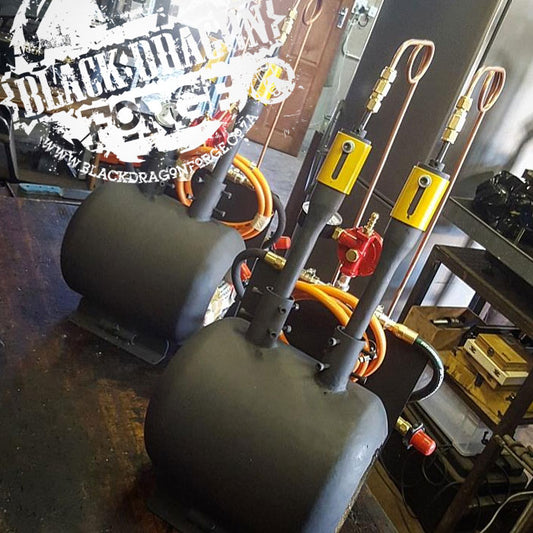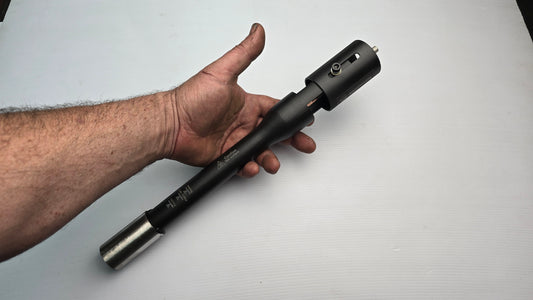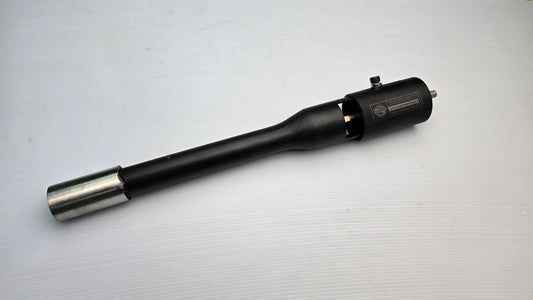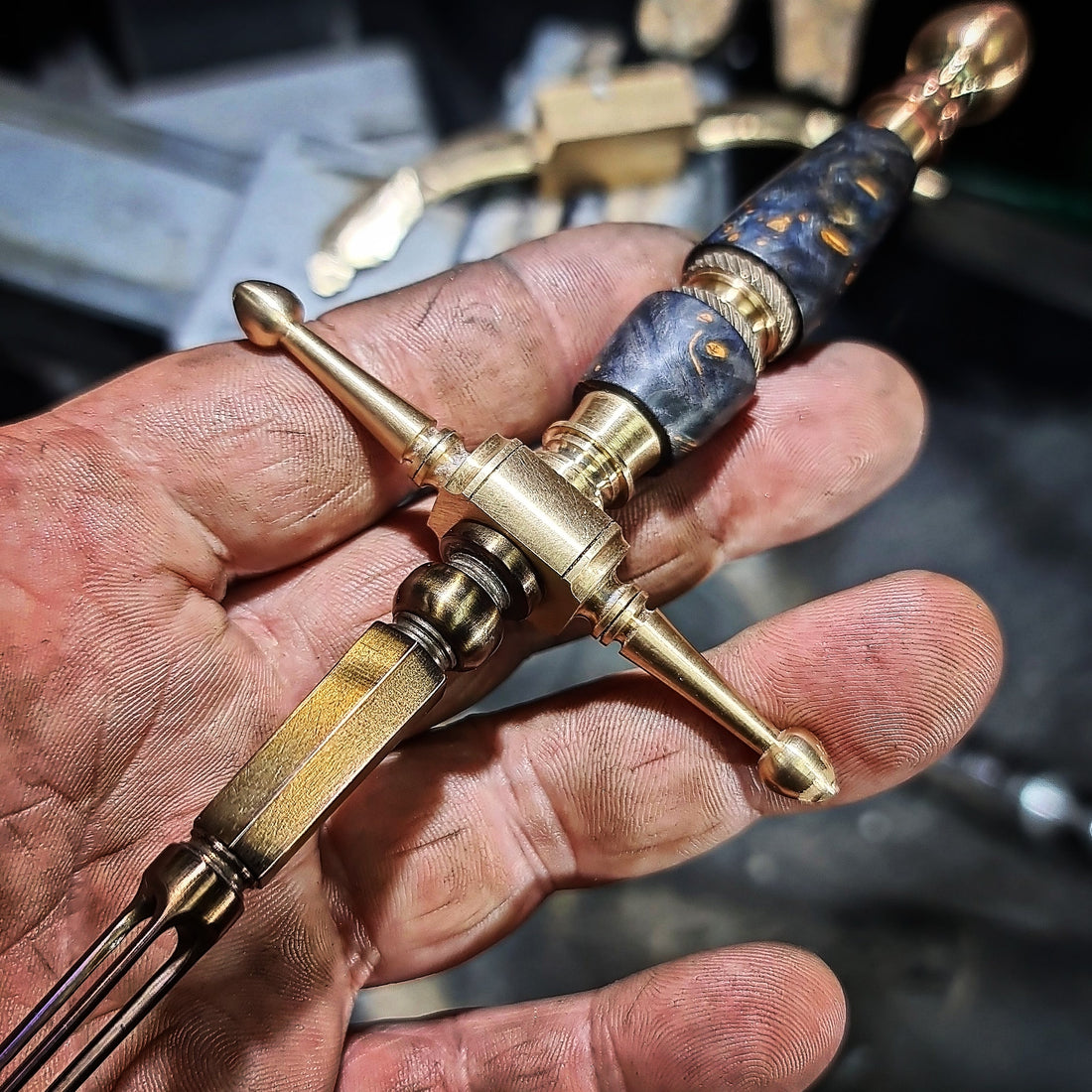
The Drill Press: Ensuring Precision for Crafting Quality Knives
Neels Van Den Berg
Crafting a high-quality knife requires attention to detail and precision at every step. One crucial tool that plays a significant role in this process is the drill press. The ability to drill holes accurately ensures that the knife components fit together seamlessly, preventing any misalignment issues. In this article, we'll delve into the importance of a well-aligned drill press table and the techniques to ensure its accuracy during the knife-making process.
The Impact of Drill Press Alignment
Creating knives, especially folding knives, demands utmost accuracy to avoid potential issues with blade centering, binding on liners, or poor fit. A drill press with a misaligned table can be detrimental to achieving this level of precision.
The Importance of Checking Drill Press Table
Before you begin work on a knife or during the folding knife-making process, make it a habit to check your drill press table for trueness. This simple step can save you from hours of frustration later on.
The Tool of Choice: Dial Indicator
For the most accurate results, a dial indicator is the preferred tool. If you have experience using one, be sure to utilize it. However, don't worry if you don't have access to a dial indicator; we'll explore an alternative method using a stiff wire.
Using a Stiff Wire for Alignment
Thanks to the expertise of master craftsman Tiaan Burger, we have a valuable technique using a stiff wire to align your drill press table.
Aligning the Drill Press Table
Follow these steps to ensure your drill press table is perpendicular to the drill bit:
Preparing the Wire
Take a piece of stiff wire and make a bend at one end, creating a hook-like shape. Insert the bent end into the drill chuck, making sure the other end does not extend over the edge of the table.
Initial Touch
Raise the table until the tip of the wire gently touches the surface of the table. Now, carefully loosen the bolt or bolts holding the table, but avoid turning them more than one quarter of a turn.
The Trick: Listening for Alignment
Engage the drill press, causing the wire to sweep in a circle over the table's face. Here's the key: don't rely on your eyes alone to determine if the wire touches the table; instead, listen closely. The wire will produce a distinct scratching sound as it makes contact with the table.
Achieving Perfect Alignment
Adjust the table until the wire tip touches the table equally on all sides, ensuring a uniform scratching sound. If you detect any discrepancies, use a raw hide or leather-faced mallet to tap the high side a couple of times.
Final Check and Adjustments
Tighten the bolt or bolts and check the alignment again. If tightening the bolts throws the table out of line, gently tap the high side until it aligns correctly.
Correcting a Convex or Concave Table
If your drill press table appears convex or concave, or if it is higher in front than at the back, additional steps are required to correct it.
Professional Correction
For precision correction, take the table to an engineer with a milling machine. They can re-cut the table's surface to ensure it is perfectly flat and true.
Manual Correction
Alternatively, you can attempt to correct the table by grinding and filing it by hand. Constantly check with a straight edge and the wire to ensure it becomes flat and true.
Conclusion
A well-aligned drill press table is indispensable in the art of crafting high-quality knives. Ensuring its accuracy can make the difference between a flawless knife and one fraught with misalignments. By using a dial indicator or Tiaan Burger's wire alignment technique, you can confidently create knives with precision and excellence.
FAQs (Frequently Asked Questions)
Q1. Can I use any type of wire for the alignment technique?
It's best to use a stiff wire, as it maintains its shape and provides accurate results. Avoid using soft or flexible wires that might bend during the process.
Q2. Is a dial indicator necessary for achieving accurate results?
While a dial indicator offers the most precise measurements, Tiaan Burger's wire alignment technique provides an effective alternative for those without access to a dial indicator.
Q3. How often should I check the drill press table alignment?
It's essential to check the alignment every time you begin work on a knife and at least twice during the folding knife-making process to ensure consistent accuracy.
Q4. What other tools are crucial for knife-making?
In addition to the drill press, other essential tools include a quality grinder, a heat source for heat-treating the blade, and various hand tools for shaping and finishing.
Q5. Can I correct a misaligned table by myself?
Minor adjustments can be made following the wire alignment technique mentioned in the article. However, for more significant corrections, seeking the assistance of a professional engineer is recommended.

